Wyoming lawmakers are kicking the tires on a plan to lift average teacher pay to about $70,560 next school year — a move supporters say would help districts hire and keep educators, especially in places where housing costs outpace paychecks, Gillette News Record reports.
The idea comes from a new recalibration report by Picus Odden & Associates, presented this week to the Legislature’s Select Committee on School Finance Recalibration. Consultant Dr. Christiana Stoddard, an economist with Montana State University, told lawmakers the figure lines up teacher pay with comparable professional and technical jobs — adjusted for teachers’ 185-day contracts versus roughly 234 workdays in many other professions.
Right now, the state’s funding model sets a base salary of $40,562 (2024–25), while the average actually paid by districts is about $65,265 — a gap many districts bridge with local dollars. Stoddard’s point: if the model’s base goes up, districts don’t have to choose between fewer teachers or better pay. Wyoming’s evidence-based model targets 15:1 student-to-teacher ratios in K–3 and 25:1 in grades 6–12, but since 2005 many districts have trimmed staffing to boost pay, analysts said.
On the ground, the math is pinching. Kiley McConnell, a 7–12 science teacher at Arvada-Clearmont, urged lawmakers to embrace a $70,000 average:
“It would actually reflect the work teachers do,” she said.
McConnell noted small-district educators wear extra hats — lunch duty, mentoring, the whole lot. McConnell said she earns $48,000, not enough to realistically buy a home in Sheridan County:
“Even with a $250,000 Zillow cap, options are extremely limited.”
She’s worked summers before to make ends meet and may have to again to keep up with expenses and professional development.
Districts say recruiting is getting tougher. Sheridan County School District 2 Superintendent Scott Stults told lawmakers applications have dropped sharply since 2016. Elementary applicants fell from 147 (2016) to 41 (2025); secondary applicants slid from 350 to 109.
“Salaries make a difference,” Stults said.
A court order is forcing the issue. In the spring, Laramie County District Court Judge Peter Froelicher ruled Wyoming’s school funding model unconstitutional and no longer cost-based, finding the state underfunded everything from teacher and staff salaries to mental health support, SROs, nutrition, and student tech. The decision requires lawmakers to recalibrate the K–12 block grant model.
That mandate echoes a long-standing requirement: the Wyoming Supreme Court directed the Legislature back in 1995 to adjust for inflation every two years and revisit the model every five years. The last full recalibration bill passed in 2011; in 2018 lawmakers cut K–12 funding by about $30 million.
The committee spent Tuesday and Wednesday unpacking the Picus Odden report and will reconvene Jan. 22–23 in Cheyenne to begin drafting legislation to recalibrate the model. The 2026 budget session opens Feb. 9.
If lawmakers embrace the higher base pay, districts would get the state funding to both staff to recommended ratios and pay closer to market, instead of robbing Peter to pay Paul. Supporters say it’s a clearer way to fix recruitment, retention, and class sizes in one shot. Critics, if any emerge, will likely focus on the price tag — but after years of lagging adjustments and a court rebuke, momentum appears to be on the side of raising the number.
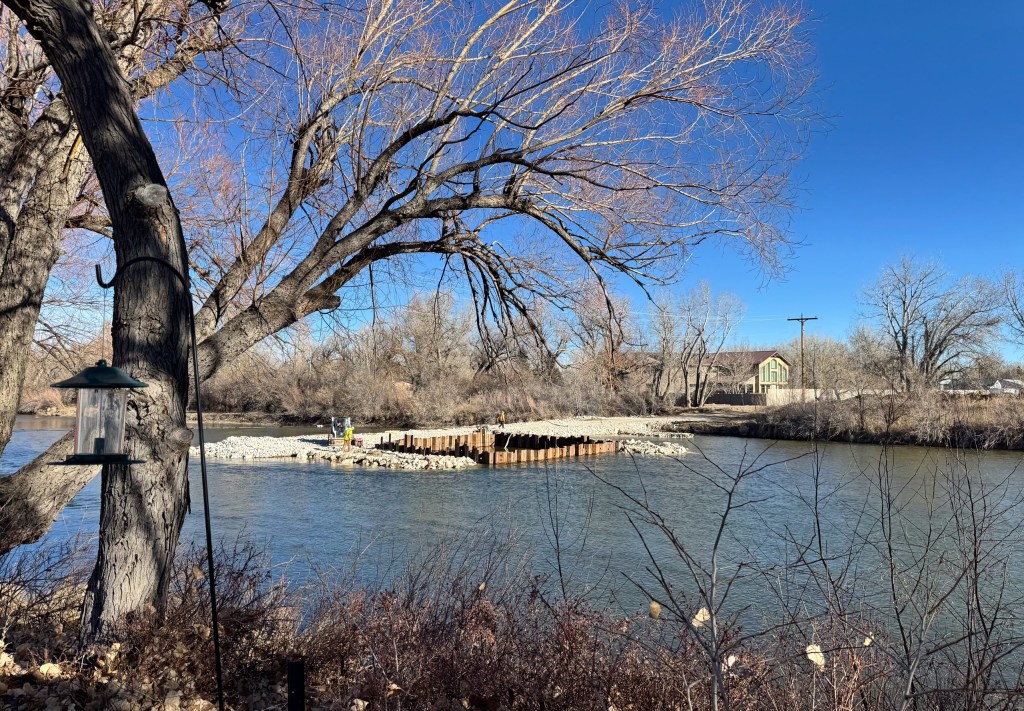

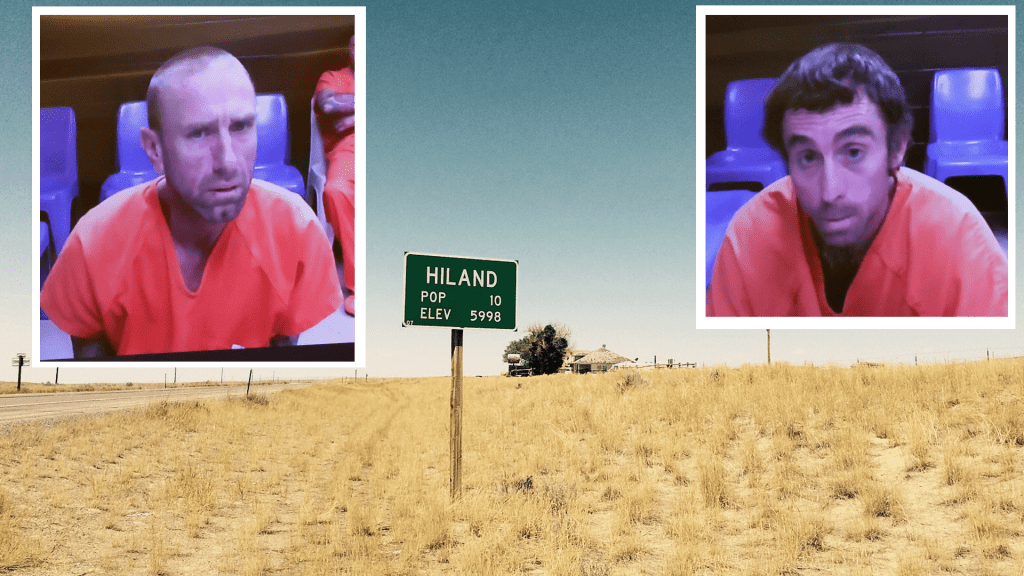

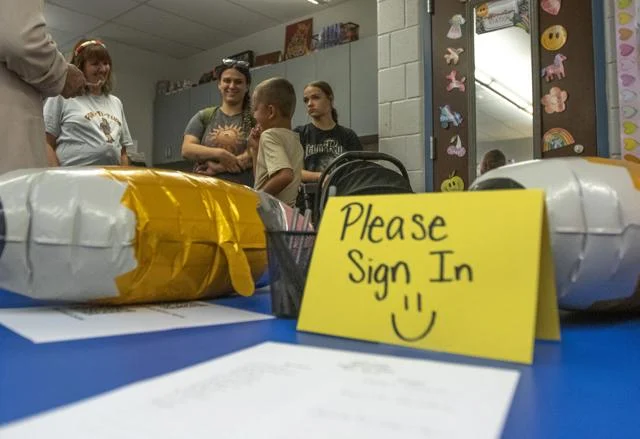

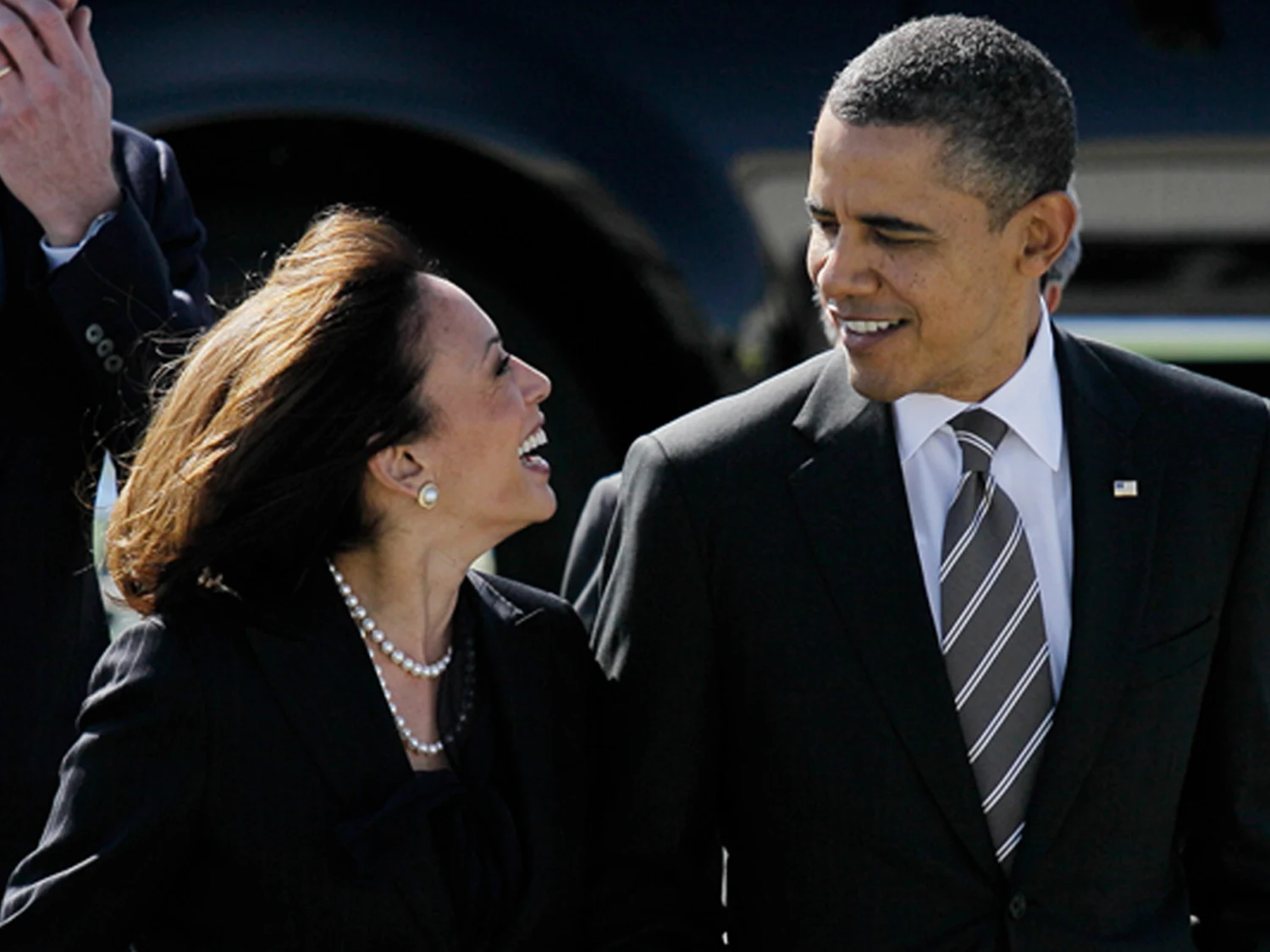
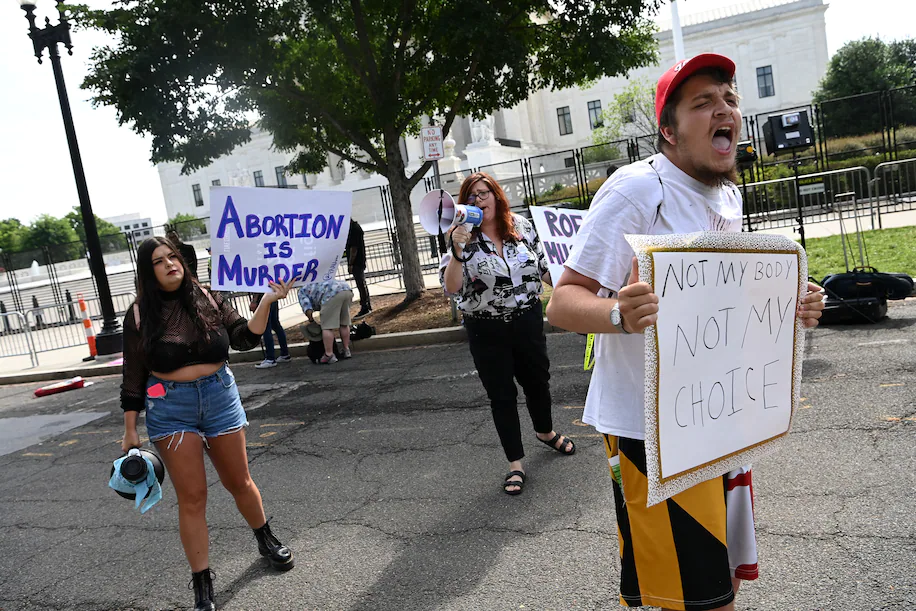

The latest news in your social feeds
Subscribe to our social media platforms to stay tuned